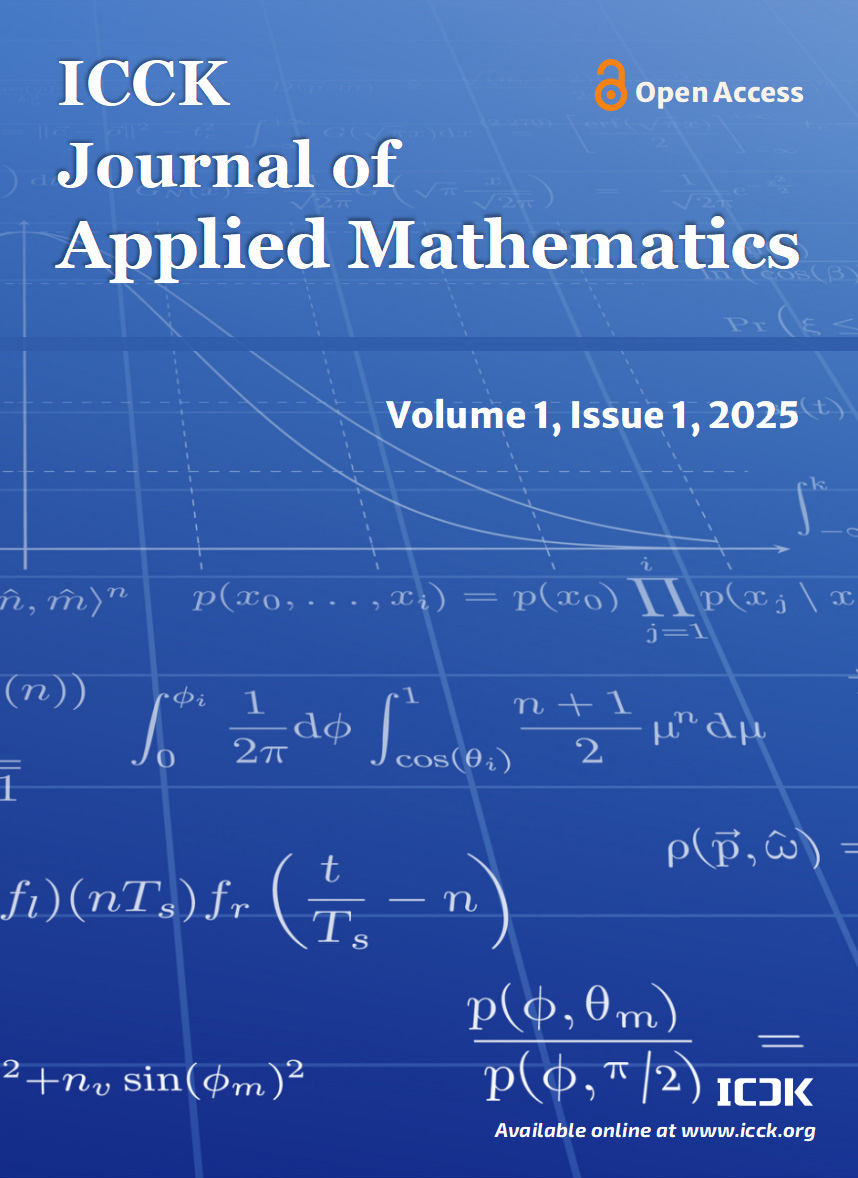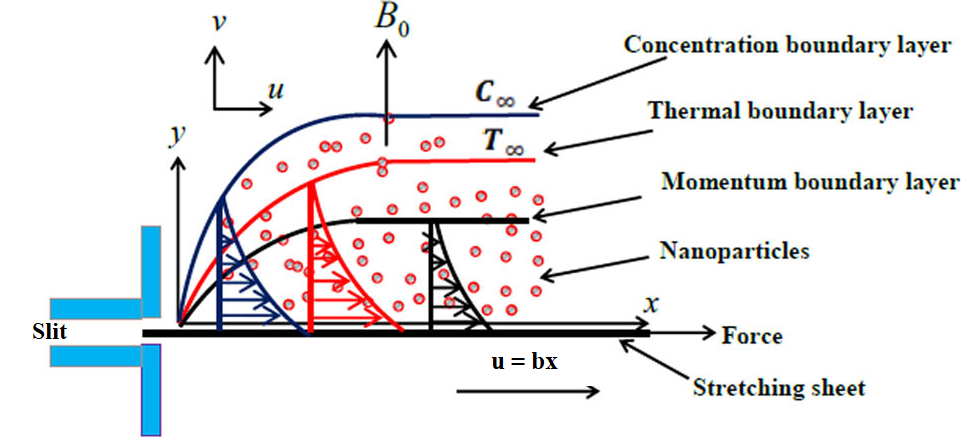Abstract
This study presents the application of the Artificial Neural Network Backpropagation Levenberg-Marquardt (ANN-BLMS) model for solving the nonlinear system of equations governing the flow of Casson-Williamson nanofluid under the influence of a magnetic field, Brownian motion, and thermophoresis effects. The model was trained using MATLAB's "bvp4c" solver to generate a reference dataset for various flow scenarios. Graphs having significant interest such as Nusselt Number are plotted and performance evaluation was carried out across multiple scenarios, which included variations in parameters such as Prandtl number, Weissenberg number, and Brownian motion coefficient. The results demonstrate that the ANN-BLMS model effectively minimizes the Mean Squared Error (MSE), achieving high accuracy across all cases. The model achieved an MSE as low as 5.36e-09, indicating strong performance in predicting the behaviour of the nanofluid. The model exhibited good generalization with minimal differences between training, validation, and testing errors, confirming its robustness. Additionally, the ANN-BLMS model showed efficient convergence, with fast computational times and the ability to handle complex flow dynamics involving magnetic field effects. These findings highlight the potential of using ANN for solving complex fluid dynamics problems in nanofluid systems, offering a reliable tool for practical applications in engineering and thermal management.
Keywords
magnetic field
casson-williamson nanofluid
brownian motion
thermophoresis
artificial neural network
Data Availability Statement
Data will be made available on request.
Funding
This work was supported without any funding.
Conflicts of Interest
The authors declare no conflicts of interest.
Ethical Approval and Consent to Participate
Not applicable.
Cite This Article
APA Style
Sobale, S., Kulkarni, N. V., Tawade, J. V., Hanumagowda, B. N., & Batool, N. (2025). Nanofluid Heat Transfer in Thermal Systems: Case Studies on Brownian and Thermophoretic Phenomena. ICCK Journal of Applied Mathematics, 1(1), 3–14. https://doi.org/10.62762/JAM.2025.801252
Publisher's Note
ICCK stays neutral with regard to jurisdictional claims in published maps and institutional affiliations.
Rights and Permissions

Copyright © 2025 by the Author(s). Published by Institute of Central Computation and Knowledge. This article is an open access article distributed under the terms and conditions of the Creative Commons Attribution (CC BY) license (
https://creativecommons.org/licenses/by/4.0/), which permits use, sharing, adaptation, distribution and reproduction in any medium or format, as long as you give appropriate credit to the original author(s) and the source, provide a link to the Creative Commons licence, and indicate if changes were made.


 Submit Manuscript
Edit a Special Issue
Submit Manuscript
Edit a Special Issue

 Copyright © 2025 by the Author(s). Published by Institute of Central Computation and Knowledge. This article is an open access article distributed under the terms and conditions of the Creative Commons Attribution (CC BY) license (https://creativecommons.org/licenses/by/4.0/), which permits use, sharing, adaptation, distribution and reproduction in any medium or format, as long as you give appropriate credit to the original author(s) and the source, provide a link to the Creative Commons licence, and indicate if changes were made.
Copyright © 2025 by the Author(s). Published by Institute of Central Computation and Knowledge. This article is an open access article distributed under the terms and conditions of the Creative Commons Attribution (CC BY) license (https://creativecommons.org/licenses/by/4.0/), which permits use, sharing, adaptation, distribution and reproduction in any medium or format, as long as you give appropriate credit to the original author(s) and the source, provide a link to the Creative Commons licence, and indicate if changes were made. 